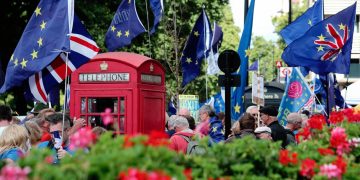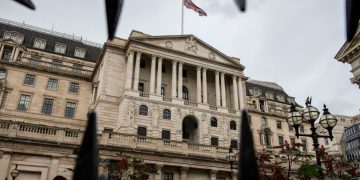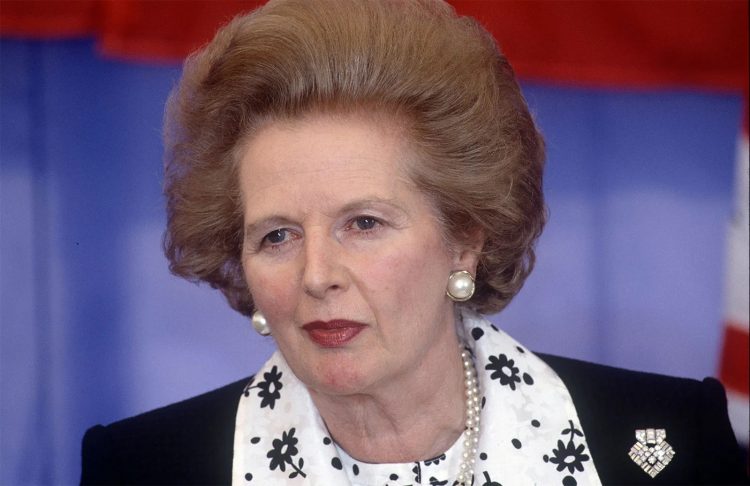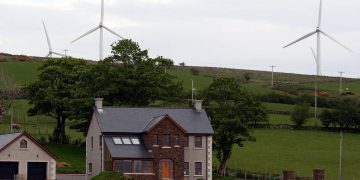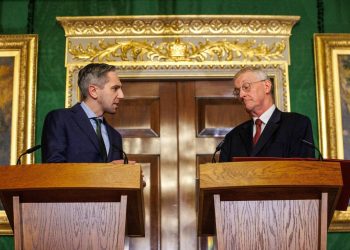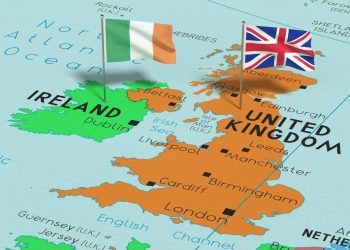Indeed, Margaret Thatcher was the longest-serving prime minister of England. Her premiership started on 4th May 1979. Her premiership finished in 1990. Margaret Thatcher could become the longest prime minister of England because she could achieve lots of attention and satisfaction.
Keywords: The longest-serving prime minister of England; Margaret Thatcher; iron lady.
Margaret Thatcher became the longest-serving prime minister of England because she had made many improvements during her premiership. She could change England’s economic policy, and this economic improvement could create the denationalization of national industry. However, this action weakened labour unions.
Also, Margaret Thatcher could defeat Argentina in Falklands War in her foreign policy in 1982. Even she worked with Ronald Reagan to wage war against communism during the Cold War.
However, she also promoted collaboration with Soviet Mikhail Gorbachev in ending the Cold War.
Furthermore, Margaret Thatcher could become the longest-serving prime minister of England because she did lots of activities during her premiership. In the first year of her premiership, she could divide the Cabinet. as a leader of the “dry” faction, she purged most of the One Nation “wet” Conservatives and took complete control.
By the late 1980s, however, she had alienated several senior members of her Cabinet with her opposition to the European Economic Community, which she argued would lead to federalist Europe and surrender Britain’s ability to self-govern.
She also alienated many Conservative voters. She was the first female prime minister of Britain and Europe.
She gave significant attention to women in her Cabinet and gave them essential posts. Indeed, women weren’t her priority, but she generally wanted to use women’s abilities in her wardrobe.
Why could Margaret Thatcher become the longest-serving prime minister of England?
Margaret Thatcher was England’s longest-serving prime minister because of her unique role during her premiership. Indeed, when she was Britain’s prime minister, she was nicknamed “The Iron Lady“.
She was England’s longest-serving prime minister because her economic and social and economic policies evolved into a political philosophy known as Thatcherism, similar to Reaganomics in the United States, and part of the worldwide neoliberal movement in the 1980s.
She was dubbed The Iron Lady by a Soviet newspaper following a speech she gave in 1976- a proudly claimed nickname.
Margaret Thatcher was born on 13th October 1925 in the market town of Grantham, Lincolnshire, England.
Her parents had a grocery business, and their house was above their shop. They raised Margaret and her sister in a good atmosphere and trained them with humanitarian backgrounds.
They taught them self-help, charity, and personal truthfulness. Margaret’s father was a local councillor in Grantham and Conservative, and the family would often discuss current political issues.
She studied in the local state school and won a Somerville College, Oxford, where she studied chemistry from 1943 to 1947.
She became the president of the student Conservative Association at Oxford in 1946 and met many prominent politicians. In her final year, she studied X-ray crystallography with Dorothy Hodgkin, who won a Nobel Prize in chemistry in 1964.
Margaret Thatcher was called the Iron lady.
Indeed, Margaret Thatcher was the prime minister of the United Kingdom from 1979 to 1990 and the Conservative party’s leader from 1975 to 1990. Margaret Thatcher was the longest-serving British prime minister of the 20th century and the first and the only woman who could hold the office for a long time.
The Soviet press nicknamed her the “Iron Lady” indeed; this nickname was because of her prominent and different premiership. She had a whole way in her premiership, and because of this, she became a famous and popular prime minister in England.
She had different policies in managing the country that no one could be like her; that was her own.
Thatcherism was the name of her method. Because it was just related to her, and no one was like her.
She had studied well and had the best education at the time of her scholarship; even her father had a significant role in her success.
During her premiership, she gave prominent speeches, and because of that, she absorbed many fans, became popular, and faced great respect from her political party peers.
However, she faced failure during her premiership. She didn’t get disappointed and tried again to become successful.
In 1979, Margaret Thatcher led the Conservative towards a great victory. she supported independence during the time of her premiership.
She ended the government interference in the economy, including privatization of state-owned enterprises and the sale of public housing back to tenants; reduction in expenditures on social services such as healthcare, education, and housing.
Moreover, she had another decision: to limit the printing of money. Indeed, one of her essential goals in qualifying money printing was reducing inflation.
Also, she had a significant role in the economy. She could decrease the direct taxes on people’s income. Even she increased interest rates to slow the growth of the money supply and thereby lower inflation.
However, some Conservatives initially doubted her policies and weren’t sure she could achieve her goals. After a while, there was good security for unemployment, and the economy was stable; it had become more muscular with fewer inflations, and the economy had a better position.
Even she could reform local government taxes by abolishing the former taxes based on the nominal rental value of a home.
Why was Margaret Thatcher so successful?
She was the best political leader during her premiership. she was an extraordinary political leader that was completely different from other political leaders.
There was no one as powerful as her during the time that she was the prime minister of England. Also, she was an uncompromising political leader with a unique leadership style.
She didn’t retreat from her confrontation and openly scorned consensus. She was a conviction politician who sharply divided people.
She did never retreat from her position. Even on the most demanding occasions, she stayed on her words and did something she thought was true. Because of that, she was the famous ‘Lady’s not for turning. Especially for the events that happened in October 1980s.
She showed lots of significant characteristics of herself during the time of her premiership. Here there are some of the prominent features of Margaret Thatcher:
- There was no doubt in her strategy, and she had great freedom in making decisions. She was courageous and decisive in achieving her goals.
- However, she was a courageous lady, and she was cautious too.
- Even if she disagreed with some advice, she didn’t show her disagreement and listened to people’s words.
Meanwhile, everything didn’t continue very well, and she committed some mistakes. Especially after her third victory in 1987, when she became increasingly isolated from all but her most fervent allies, and notably from Nigel Lawson and Geoffrey Howe, the two most essential co-architects of economic Thatcherism.
She was less willing to listen to advice by then. While all the formal constitutional decision-making procedures were followed over the introduction of the poll tax or community charge, there was a reluctance to stop and reflect on whether it would work in the face of the implacable scepticism of and opposition of the Treasury.
Above all, Lady Thatcher could not defer the corroding effects of time. All leaders lose touch, take shortcuts, and become more unpopular after several years in power.


